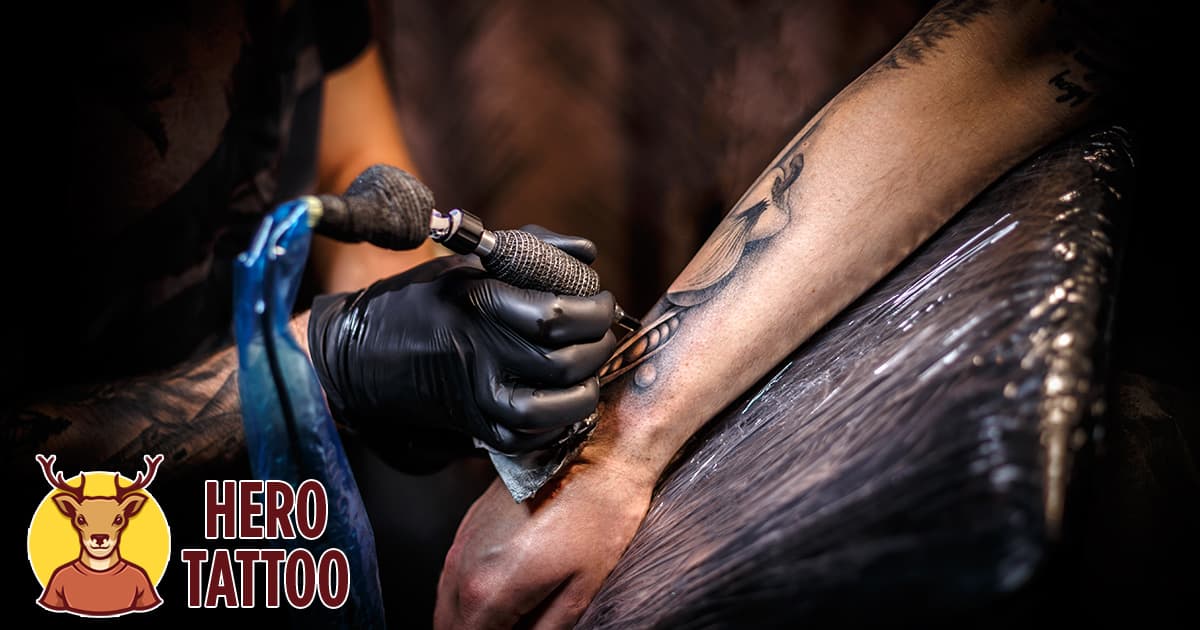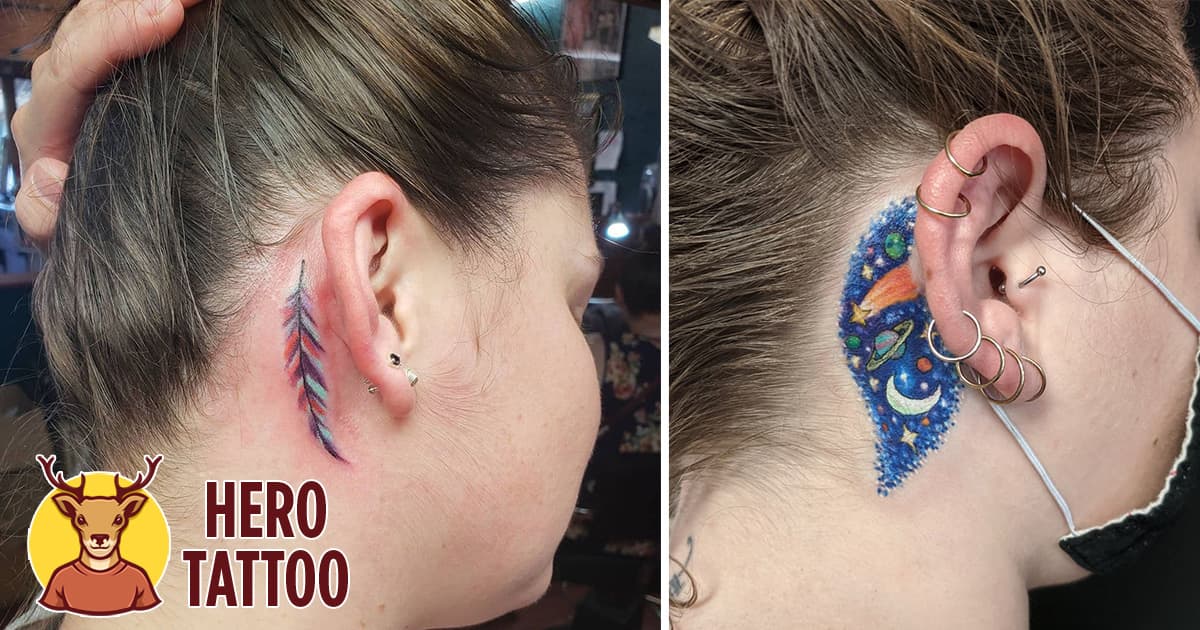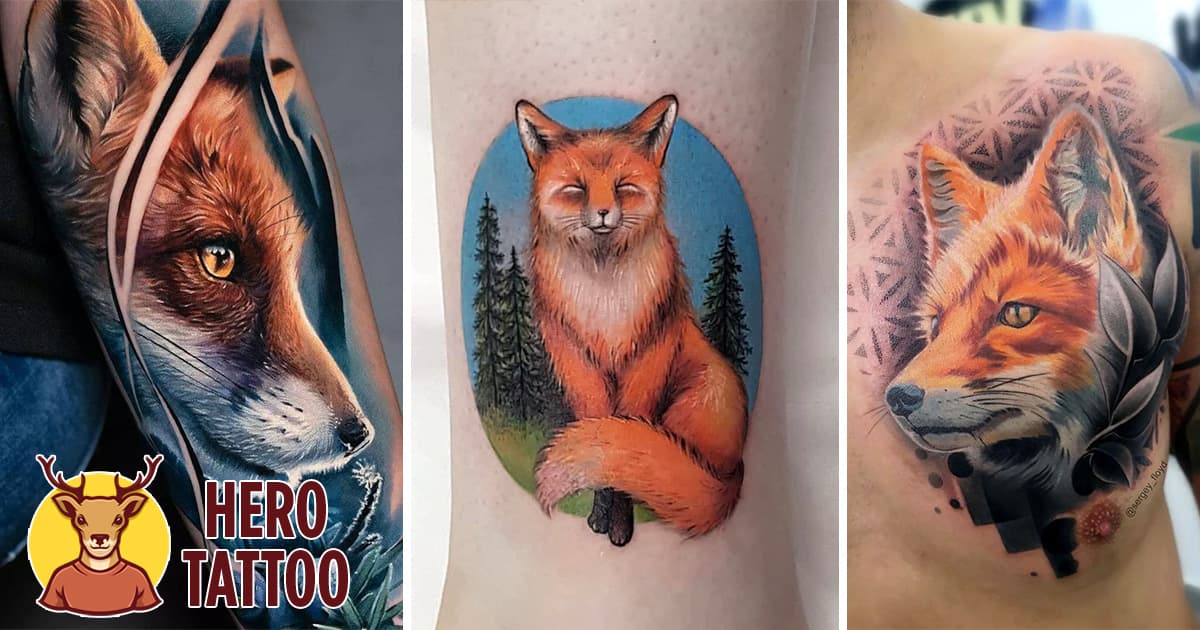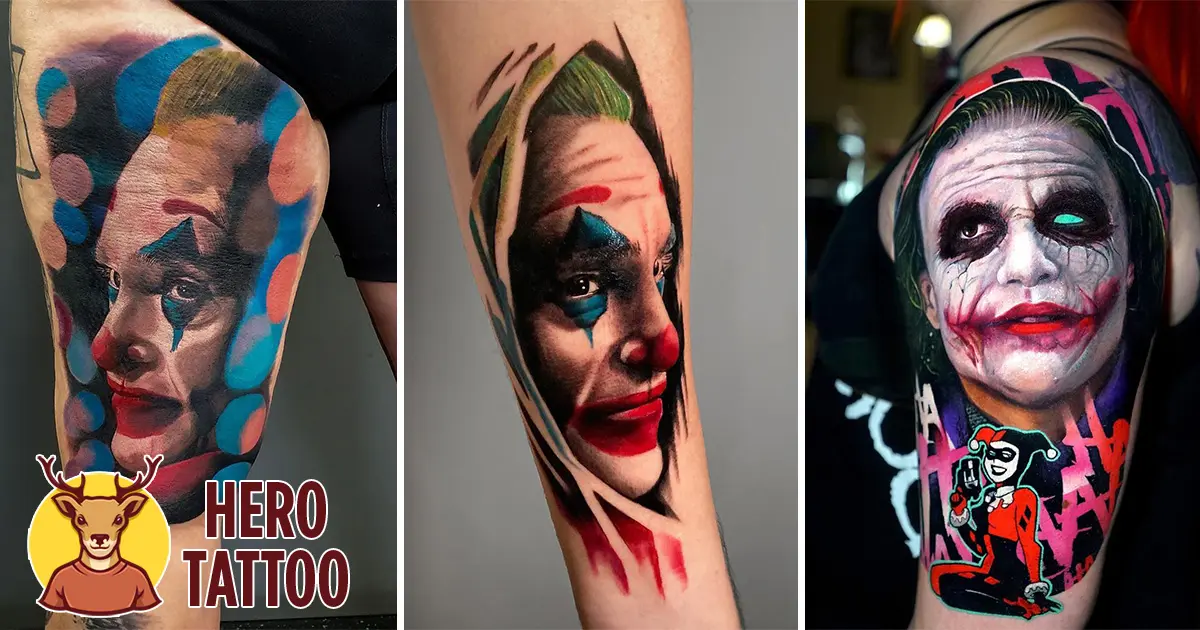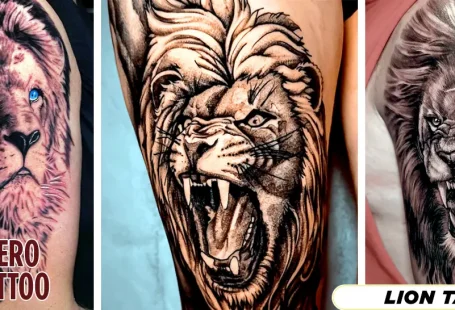Even though you’ve just had a fresh tattoo, you’re experiencing discomfort, and the tattoo is painful and swollen. Everything appears to be chaos, especially when the bandage is removed and the tattoo is bleeding, sad, and red. That, on the other hand, is not a cause for alarm. Your new tattoo responds in the same way as a fresh wound that requires healing time.
However, you can’t help but worry when your tattoo will no longer be uncomfortable. In the next paragraph, we’ll discuss tattoos, including why they’re painful and when they’ll cease being irritated and begin to heal entirely on their own. So, without further ado, let’s get this show on the road.
The 7 Things You Should Know About Tattoo Soreness
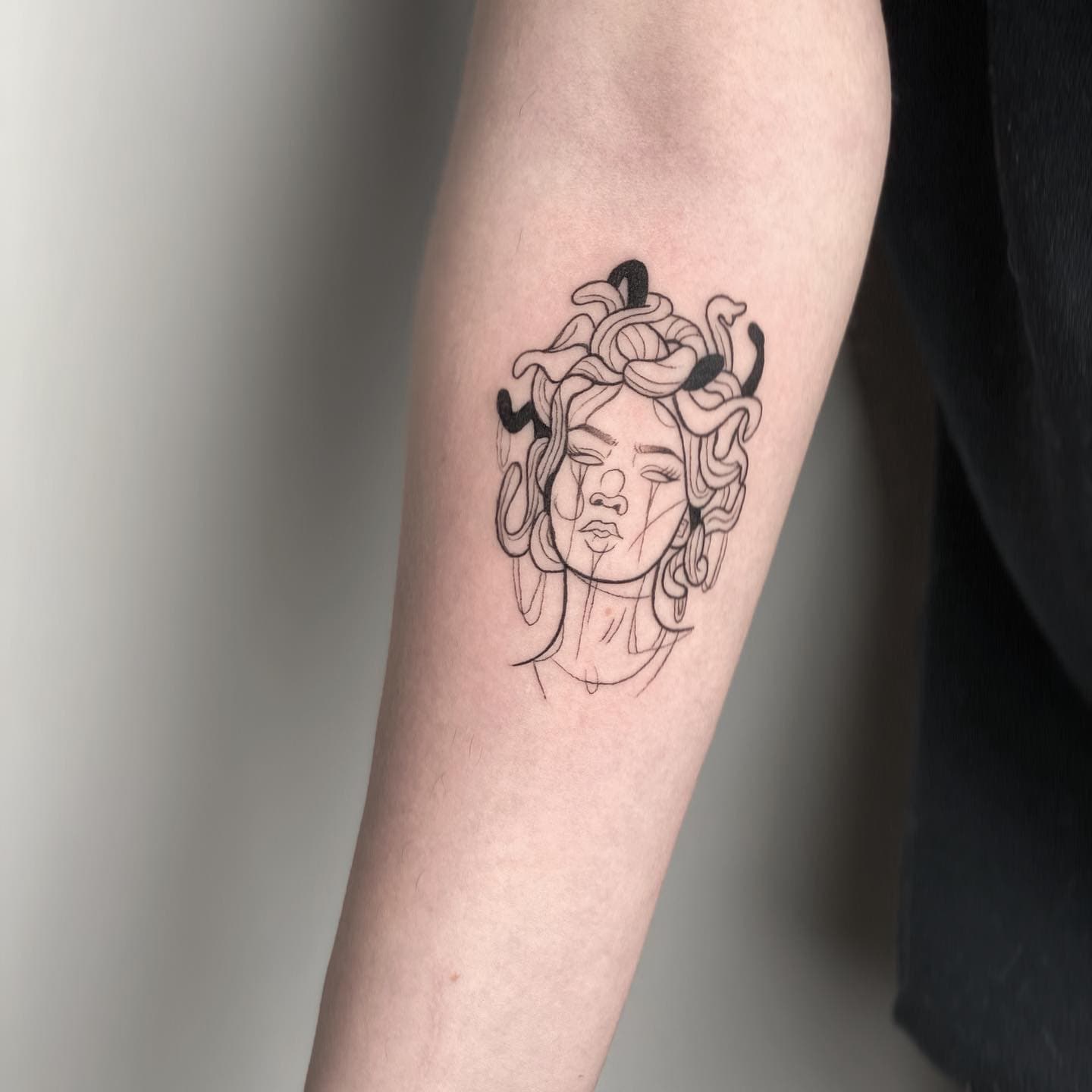
1. What’s the deal with my tattoo being sore?
As previously said, discomfort, sensitivity, and swelling following a tattoo are totally typical reactions of your skin to the process of being inked. Because your skin was constantly’stabbed’ and pierced by a tattoo needle, it became irritated and inflamed, resulting in general discomfort and suffering. Not to mention the fact that the skin must be stretched throughout the tattooing process, which contributes to the tightness and agony that follows.
Isn’t it true that now that we understand what your skin goes through, it’s not strange that it’s sore? The skin just needs time to appropriately respond to all of the ‘suffering’ it has just suffered. It expresses itself by being sore, swollen, red, sensitive, and painful due to the experience.
2. How long will the tattoo be sore once it has been applied?
Because your new tattoo behaves like a fresh, open wound, it will take some time before it begins to close and heal. The first three days are critical because the tattoo is responsible for flushing out the extra blood and plasma. The skin is starting to dry out and build a new layer of skin around the tattoo to protect it from the elements.
It is at this stage that your aftercare program should take over. First, you must wash your tattoo and then leave it exposed to breathe and dry out. After a few days, you must begin hydrating it.
On the other hand, your tattoo will continue to be uncomfortable and sensitive. Such a condition can continue anywhere from 3 to 7 days, and it is critical for tattoo healing at this time. If you follow the aftercare recommendations correctly and no infection has developed in the interim, this is what will happen.
Some things do contribute to the lengthening of tattoo pain. Consider the following scenario: you have a weakened immune system or have just been ill. In such a situation, it is more probable that your tattoo will be uncomfortable for a week or longer, as the body needs more time to deal with the discomfort, inflammation, and ‘damage’ to the skin caused by the tattoo.
3. What is the best way to tell whether a tattoo is sore, infected, or experiencing an allergic reaction?
According to WebMD, if your tattoo has been painful, red, and swollen for more than seven days, you may be suffering from a tattoo infection. If your tattoo is still seeping (which it should have stopped doing after a day or two), you’re likely suffering from a severe illness at the same time. You must get medical assistance. As a result, call your doctor or tattoo artist right away and seek emergency assistance.
Here’s a list of normal tattoo reactions to keep you from mistaking stiffness and redness for infection at the start of your tattoo journey:
- Soreness
- Bruising and redness surrounding the tattoo
- Swelling
- Scabbing
- Peeling
- Itching
- After removing the bandage, you may see bleeding and leaking.
- Blood, plasma, and extra ink will be collected for one day only.
If these symptoms appear between 3 and 7 days after the onset of the disease, they are entirely normal. Suppose your tattoo is still bleeding, seeping, swelling, and stinging after a week. In that case, it is essential to see a doctor because you may be suffering from a tattoo infection, which may be life-threatening. The following are the most common indicators of a tattoo infection:
- The presence of persistent discomfort, oedema, and redness
- Pain is becoming very severe.
- The tattoo is leaking, seeping, and draining continuously.
- Rashing and the formation of pimples surrounding the tattoo are common.
- Fever, chills, sweating, and shivering are all symptoms of meningitis.
Some people mistakenly believe that they have an allergic reaction to the ink when they actually have a tattoo infection. For those who are unaware, some people are sensitive to ink. As a result, they experience an allergic response either immediately during the tattooing process or later on after the tattoo is completed. The following are the most common indicators that you have an allergic reaction:
- Itching, swelling, and redness surrounding the tattoo for an extended period.
- A common cause of dermatitis is the usage of red ink (since it contains mercury sulfide, which causes dermatitis)
- When exposed to the sun, you will have excessive photosensitivity.
- Bumpy skin developing around the tattoo
- Rashing, scaling, and bumping are all part of the game.
Topical treatments are frequently used to treat allergic responses to the ink. Still, if left untreated, they can evolve into life-threatening allergic reactions. In such circumstances, the tattoo will need to be obliterated.

4. Are there somebody parts that are more prone to tattoo soreness than others?
Yes, certain body regions do, in fact, respond less favourably to the tattooing procedure than other sections of the body. The body regions more susceptible to significant pain during tattooing will also be more sensitive to severe discomfort following the process. Bony areas or places with thin skin and numerous nerve endings, for example, will be unpleasant and sore for a more extended amount of time than other locations. Because of the area’s sensitivity, the body will require additional time to repair it.
So, if you want your tattoo to heal faster and not be uncomfortable for as long as possible, choose regions where the skin is thicker, and the fat is higher. Avoid areas such as the ankles, inner arm, shoulder blades, feet, palms and hands, front of the neck, face, chest, elbow, breast, and other sensitive areas.
5. Is it possible for the tattoo artist to contribute to tattoo soreness?
They certainly can do so! How your tattoo artist does their job can either avoid a great deal of pain or cause the tattoo to be uncomfortable and swollen afterwards. Assume that the tattoo artist is not very experienced or knowledgeable with his tattoo gun for the sake of argument. In that scenario, they may overwork the tattoo, causing you to experience discomfort, oedema, and other problems as a result. Here are some examples of ways your tattoo artist might make your tattoo challenging to manage:
- Inadequate prior experience
- Inadequate familiarity with the available tools
- Tattoos should not be underworked or overworked.
- Using the tattoo gun in an excessively forceful manner
- Penetrating the skin at odd angles is not uncommon.
- Invading the skin for an excessive amount of time (causing blowout)
- Not taking adequate rest when tattooing is a common mistake.
6.What Can I Do to Reduce the Pain From My Tattoo?
We feel that good aftercare is essential when it comes to tattoos. Without a proper aftercare practice, your tattoo will not only be uncomfortable for a more extended period, but it will also be more likely to develop inflammation and infection. As a result, you should simply follow the aftercare instructions provided by your tattoo artists. If you did not get aftercare instructions, the following is what you should do:
- Leave the bandage on the tattoo for at least one night to prevent infection.
- Afterwards, wash the tattoo using clean hands and unscented soap to remove any remaining bandages.
- Continue to leave the tattoo exposed and allow it to breathe.
- Only after 2 or 3 days should you begin moisturizing the tattoo; it is never a good idea to apply moisturizer to a new cut or wound.
- Wash the tattoo twice a day, once in the morning and evening; moisturize only after washing.
- When bathing, simply use a thin film of Vaseline to protect the tattoo, which you will then wipe off and wash when you are finished with the shower.
- Avoid touching, picking, peeling, or scratching the tattoo.
- Dress in comfortable clothing to reduce friction.
- Avoid prolonged exposure to the sun and use sunscreen.
- Do not swim or spend any time in or around the water unless necessary.
You must follow these aftercare instructions frequently and adequately to avoid long-term discomfort, swelling, redness, and infection. They will not only guarantee that your tattoo recovers fast from the pain, but they will also ensure that it retains its bright, brilliant, and appropriate appearance once it has healed. Without proper aftercare, your tattoo may become dull. In the event of an infection, the appearance of your tattoo may be entirely altered.
7. Should I use pain relievers to deal with the soreness from my tattoo?
When a tattoo aches or becomes painful and swollen, many people believe it is reasonable to use medicines. On the other hand, pain relievers can sometimes do more harm than good than simply alleviate the discomfort.
Pain relievers are known to contain ingredients such as ibuprofen. As a result, they can produce blood thinning, which is not a good idea in the case of tattoos. Given that your tattoo is still young and is most likely still bleeding and seeping a bit, pain relievers may cause the blood to be thin, causing the tattoo to begin bleeding profusely. This alone may cause irritation and infection.
So, to avoid complications with blood thickening and ensure that your tattoo heals correctly, avoid taking pain relievers. The agony and soreness associated with the tattoo will subside after a few days, making the mess and health risks unjustifiably burdensome. If you cannot cope with the discomfort, we recommend that you consult with your doctor and look into alternate pain relievers, such as CBD oil.
Concluding Remarks
Tattoo discomfort is an entirely normal condition following the placement of a fresh tattoo. It usually doesn’t stay long. If it does, it’s a sign of tattoo inflammation or infection, which can be dangerous. In that event, be sure to call your doctor or tattoo artist as soon as possible and seek emergency assistance.
Read More : 100+ Best Sunflower Tattoo Ideas That Will Make You Feel Alive (Meaning and Inspirations)
Avoid using pain relievers and instead concentrate on maintaining a thorough aftercare practice to minimize tattoo soreness. Avoid touching, picking, peeling, or scratching your tattoo; otherwise, it will remain uncomfortable for a more extended period, and you may develop an infection.
